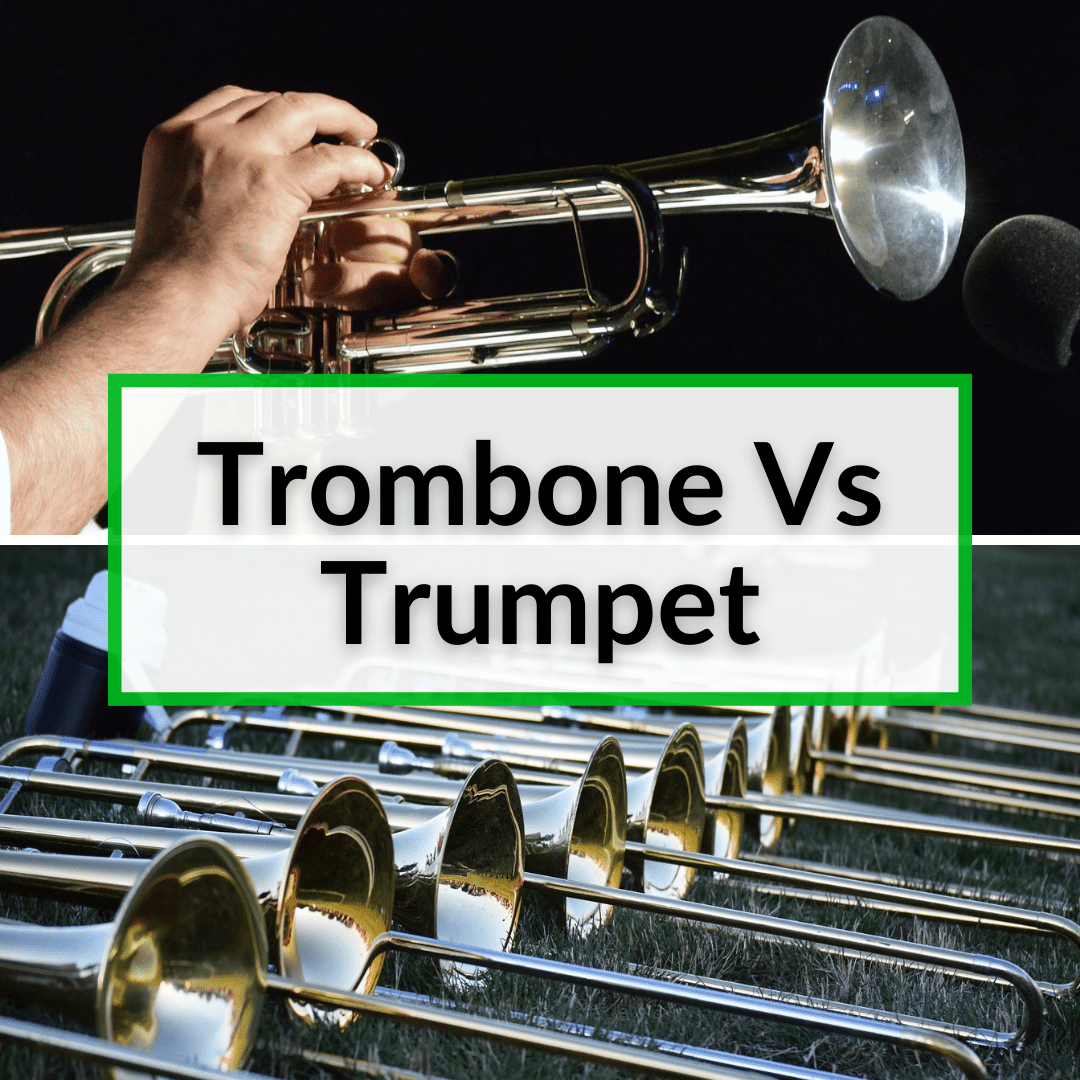 At first glance, they seem very different.
At first glance, they seem very different.
True, both the trumpet and trombone are brass instruments, but they look very different.
And the way you play them is quite different, too.
They also fulfill different roles in an orchestra.
But upon closer inspection, the trumpet and trombone actually have a lot in common.
Keep reading for a compete breakdown of the trombone vs trumpet, including a direct comparison, the advantages of each and to which type of musician each instrument is better suited.
Table of Contents
- 1 Trumpet Vs Trombone
- 2 Trombone Vs Trumpet: Final Thoughts
Trumpet Vs Trombone
We’ll begin by looking at each instrument individually, before comparing and contrasting them with each other. Then we’ll cover the advantages of each and help you figure out which one is better suited for you.
What Is A Trombone?
The trombone is an aerophone musical instrument that produces sounds when air is blown into the mouthpiece. It has an extendable slide that you can push or pull in order to produce different tones.
In this way, the slide performs the function of the valves in other brass instruments, liker trumpets.
The name of the trombone comes from nothing other than the augmentative of the word trumpet, i.e. big trumpet. And since the name is Italian, Italy was probably the origin of the instrument.
It is very similar to a trumpet, except that the person playing it pushes and pulls the slide to change the length of the tube, thus producing the musical notes.
The ability to change the length of the tube works in conjunction with the vibrations of the musician’s lips to allow the trombone to play a wide range of notes.
It sounds deeper than a trumpet and is one of the instruments belonging to the bass clef. Music for this instrument is normally written in the bass clef, but some high parts can be written in the tenor clef.
A person who plays the trombone is called a trombonist. Some trombones have a valve that increases the range of notes available. Trombones are almost always made of brass but can also be made of plastic.
What Is A Trumpet?
The trumpet is a brass instrument known for its high and cheerful tone. It is a permanent instrument at the top of the brass section in modern symphony orchestras.
The trumpet did not gain popularity as an instrument in orchestral music until the Baroque period. Before that time it was used exclusively for signaling. It has a long history and associations with military orders.
Although it gained great popularity in classical music, it was also used outside of that genre. It is believed that the highest quality trumpet compositions were written in the 18th century, at a time when Johann Sebastian Bach and Georg Friedrich Händel saw enormous potential in this instrument.
The trumpet is one of the most versatile brass instruments today.
As we know it, the trumpet is widely used in jazz and blues music, as well as in the marching orchestra. The top trumpets most in use today are those with 3 pistons, especially those cut in D, E flat, F, and C.
Difference Between Trumpet And Trombone
Although they come from the same family and visually look alike, there are several differences between these two instruments (they are different instruments after all).
Size
First of all, we can distinguish which is which just by looking at them. The trumpet is much smaller (one of the smallest among brass instruments) and therefore quite easy to hold. This is even more true for the smaller pocket trumpet. On the other hand, the trombone is bigger and longer.
Style Of Playing
The trumpet has valves (or pistons) that you press with your fingers. In cooperation with blowing air into the instrument, the trumpet produces sounds based on the combination of valves pressed.
The trombone has no valves to press but is played by sliding one part with your hand back and forth Each slider position produces different tones when the air is blown.
Range And Notation
There are different types of both trumpets and trombones but generally, the trumpet has a much higher range. It goes from F# below Middle C going up to three octaves higher.
Also, we notate the trumpet in the treble clef. Trombone notations are in the bass clef and are usually one octave lower.
Similarities Between Trumpets And Trombones
The trumpet and the trombone are two instruments of the same family. While the trumpet plays in a different register than the trombone, they have many common characteristics.
As said, the main structural differences are the slide of the trombone and the sizes of the instruments. Apart from these important structural differences, the two instruments have a lot in common.
Tone
The trombone and trumpet have the same basic range but in different registers. The lowest tone on the trombone is an E, one octave below the trumpet’s low F sharp.
Since the trumpet is a transposing instrument, its F sharp bass actually sounds like an E, so the difference is that the trombone plays an octave lower than the trumpet. Both instruments are also capable of playing all 12 chromatic scales in various octaves.
Mouthpiece
While the trumpet and trombone both use silver, gold, steel, or even plastic mouthpieces, the difference in size is significant. The trombone uses a much larger mouthpiece than the trumpet.
However, the basic premise of the nozzle is the same. The performers on both instruments put their lips onto the mouthpiece and blow air. The vibrations from the hum are then amplified through the instrument and transformed into high-pitched sound.
Both mouthpieces are also similar in how you insert them and remove them. And both could get stuck, although it is rare. If you have that issue, read “How To Get A Stuck Mouthpiece Out Of A Trumpet.”
Personal Tone System
There are several types of staff systems for music notation. Some use a single line to indicate the indefinite pitch, while other staff systems use a five-line percussion staff in which the higher-pitched instruments appear at the top and the minor-pitched instruments appear at the bottom.
The trombone and trumpet both use a personal system pending that the instrument touches specific fields indicated in the music. The trombone uses an FA clef system that is one octave lower than the trumpet’s treble clef system.
Extended Techniques
Perhaps the most interesting similarity between trombone and trumpet includes the extended techniques that both share. Both instruments are capable of vibrato which creates a “pitch” of the instrument’s tone.
Both instruments are also capable of multiphonic play. This technique creates two simultaneous tones by singing and playing at the same time.
Trills, in which instruments rapidly switch between one note and a higher neighboring pitch, are also frequently employed on both instruments.
Lastly, the basic articulations such as legato, staccato, and separated tonguing and ligatures are common to all brass instruments, including the trumpet and the trombone.
Advantages Of The Trombone
The evolution of the trombone is as cool as playing the instrument itself. The use of trombones was first a privilege of the dramatic orchestra (C. Monteverdi, G. F. Händel, W. A. Mozart, etc.).
The fundamentally solemn and religious but also violent and terrible character of the instrument was already fully developed in the art of those masters.
The construction of slide playing models allowed the trombone to have that complete chromatic scale that the trumpet did not have until much later when the pistons were implemented.
With Beethoven, the trio of trombones entered the symphony and became an essential element throughout the nineteenth century.
But the trombone technique – similar to that of the trumpet – had to radically transform itself and be enriched with new unexpected expressions.
Thanks to the new art of Jazz, the trombone gained absolutely revolutionary characteristics compared to the ancient conception of the instrument.
Above all, it brought its virtuosity to a degree that no one would have dared to imagine twenty years before. In this sense, the influence of the jazz technique has had enormous repercussions on the symphonic one.
In other words, trombones have a variety of uses both in symphonic and jazz orchestras, by providing that cool deep tone that everyone likes.
Advantages Of The Trumpet
The trumpet took on a special interest in music at the end of the seventeenth century and the first decades of the eighteenth century that still lasts to this day.
It is often used in the sonic and symphonic compositions of the best masters, especially in the Allegro, but also in the oratories and melodramas as well.
The players of that time must have had the merit of a rare skill, since the part entrusted to them reached the highest register. Their execution was only possible due to their use of very narrow mouthpieces.
Certainly, however, they will have needed continuous and assiduous exercise. The use made of the trumpet by G. F. Handel and J. S. Bach is well known.
What’s more, the influence of jazz technique has also profoundly influenced the symphonic use of the instrument, and the major European and American scores of the last decade bear witness to this technical evolution.
The combination of instrument uniqueness and jazz influence make the trumpet very versatile and fun to play, especially for those who love to “show off” their skills.
Who Should Get A Trombone (And Why)?
Trombones are like backing vocals when played in an orchestra or a band. They can be used to produce beautiful melodies that are usually in the bass range. But due to their style of playing (slide), it can be difficult to be virtuosic while playing.
In addition, the trombone, due to its size and style of playing, can oftentimes be more difficult to master than the trumpet, especially for children.
In the end, trombones should be played by people who understand music, who don’t want to be front and center, but who want to produce beautiful accompanying sounds in a band or orchestra, thus enriching the melody.
Who Should Get A Trumpet (And Why)?
Trumpets are smaller and arguably easier to learn. Due to its higher pitch and the possibility of playing fast, the trumpet oftentimes takes the leading role in a band or orchestra.
It is much easier to produce different sounds and therefore become a virtuoso. We can see trumpets as a leading role in jazz quite often.
Who should play the trumpet? Obviously, people with high technical skills who can take the “frontman” role in the band or orchestra. We can never have enough people like Miles Davis and Louis Armstrong.
Trombone Vs Trumpet: Final Thoughts
The trumpet and the trombone have a lot in common, but they also have some very distinct differences. It is those differences that make them suitable for completely different roles in an orchestra or band.
Which of the two is better for you, depends on your personality and playing style. Whichever you end up choosing, you really can’t lose. Both are wonderful instruments that sound great (in the right hands, of course) and are a ton of fun to play.
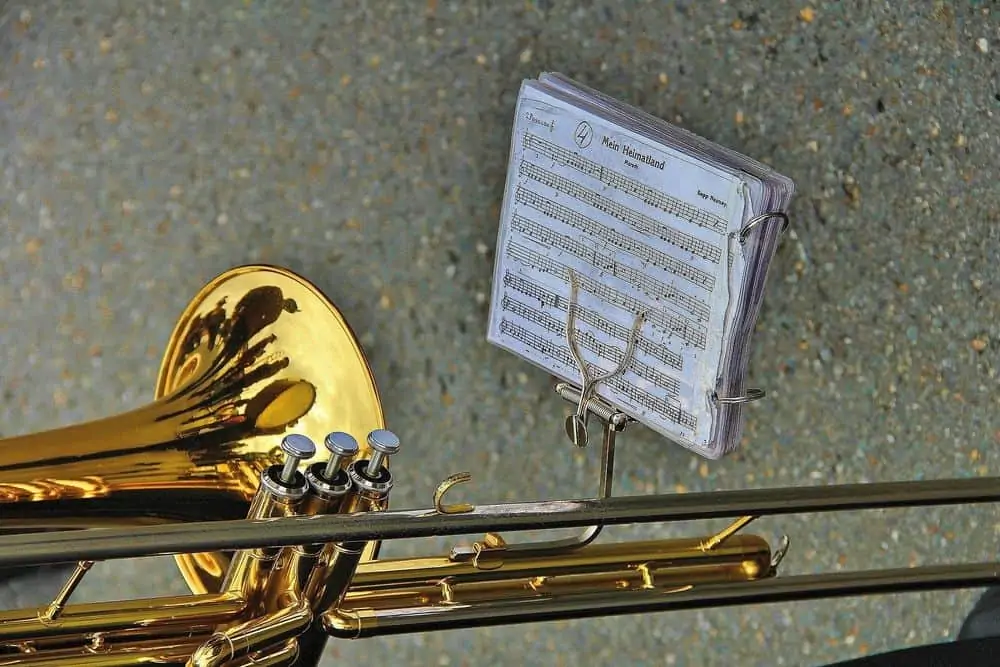
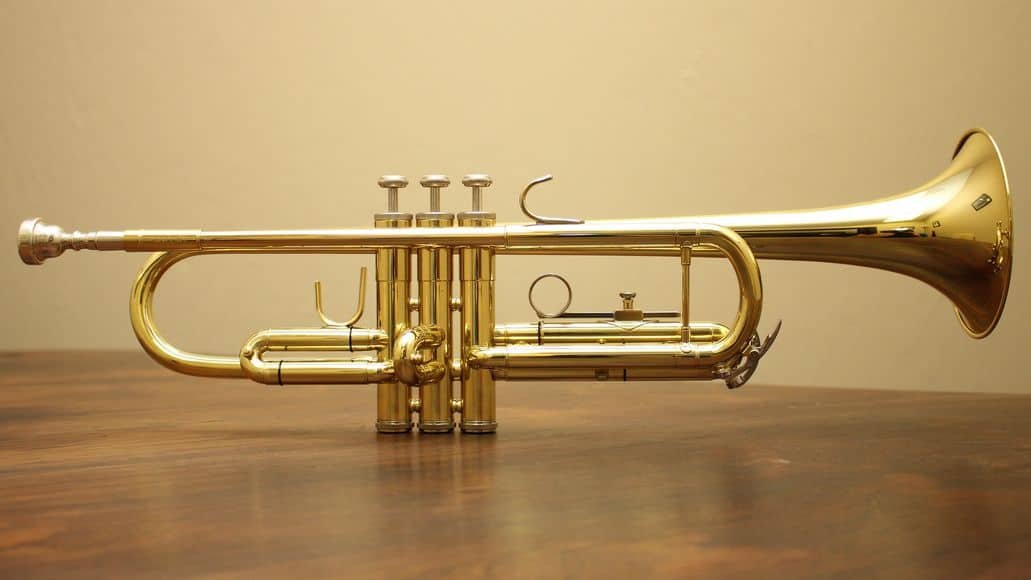
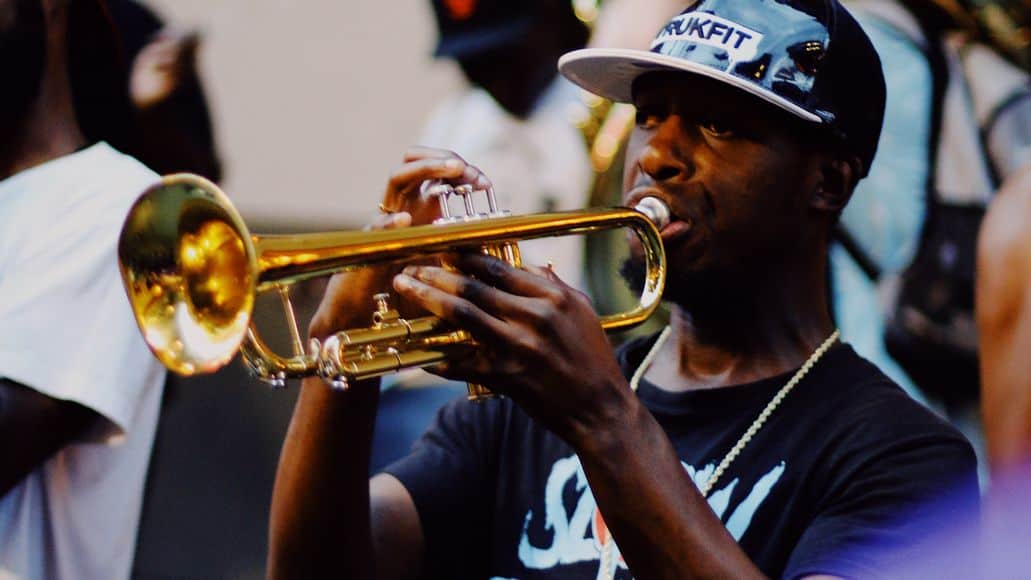
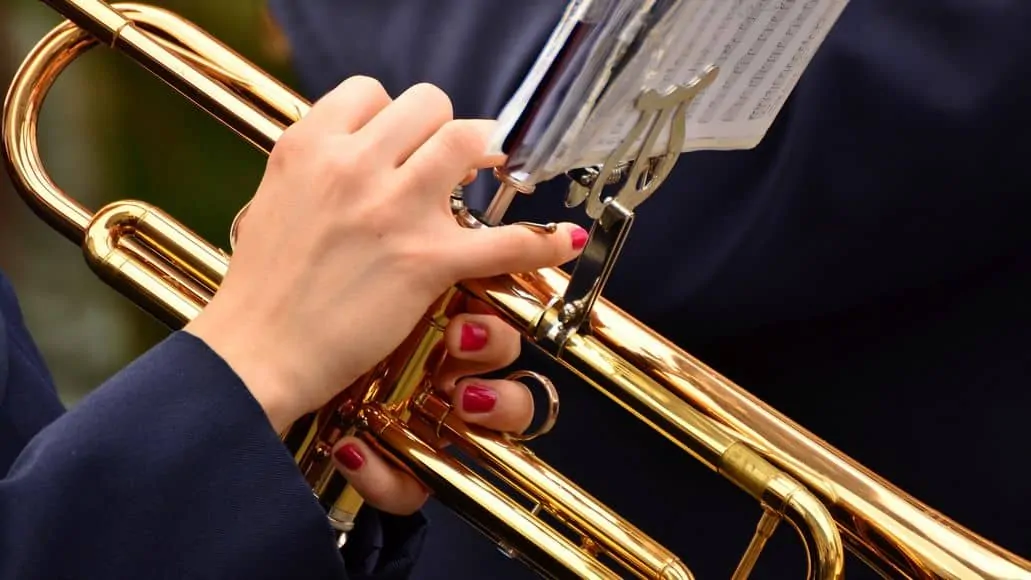
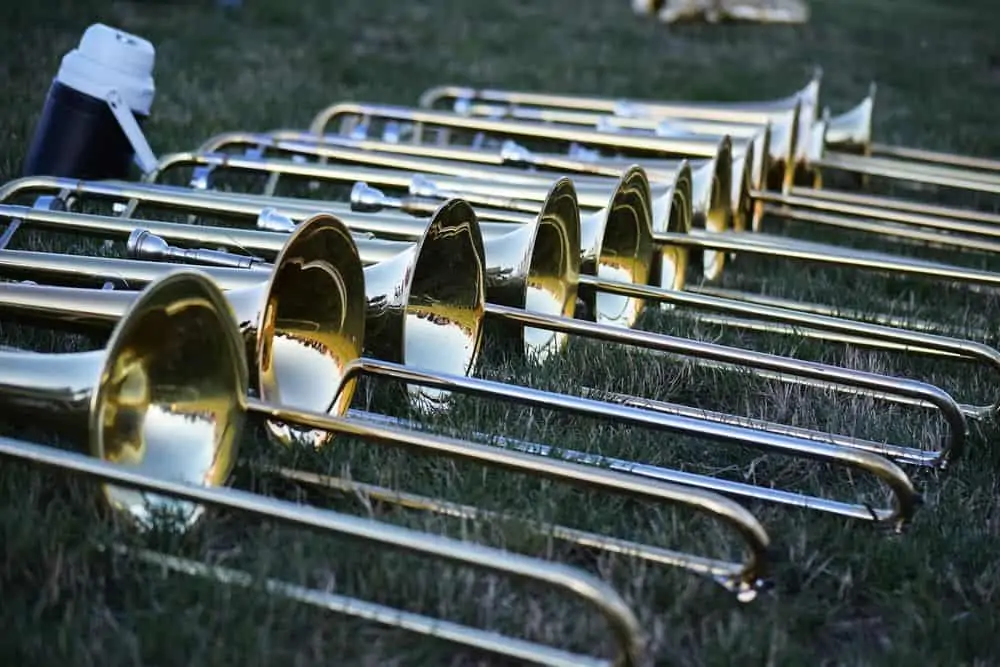
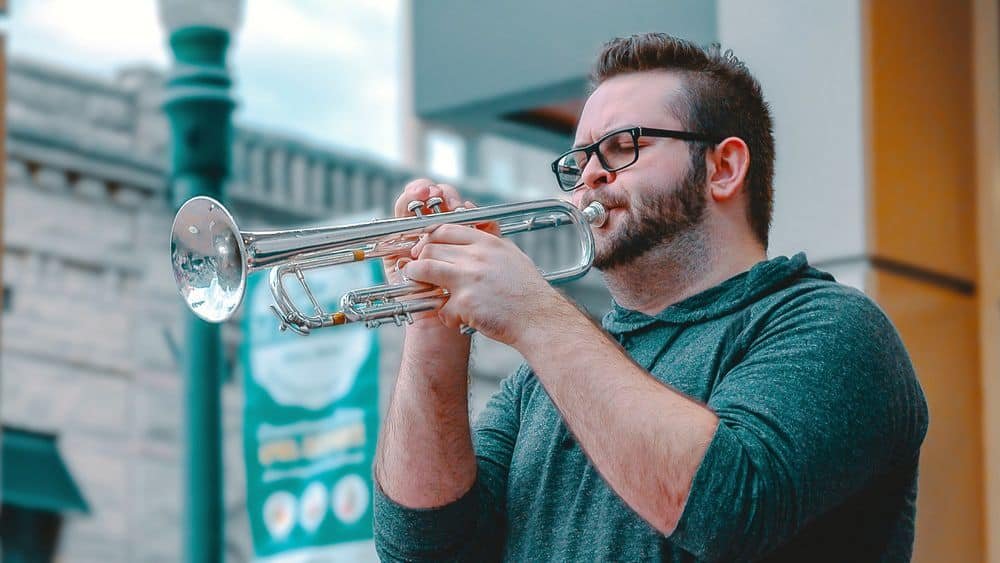
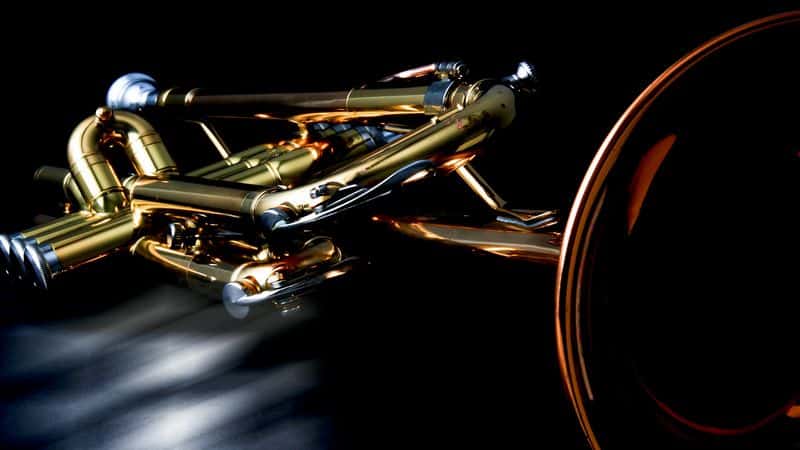
Leave a Reply